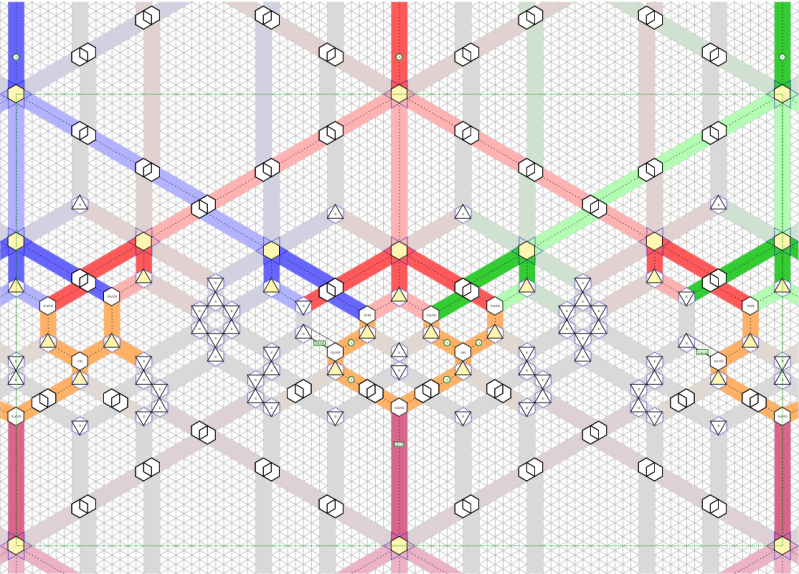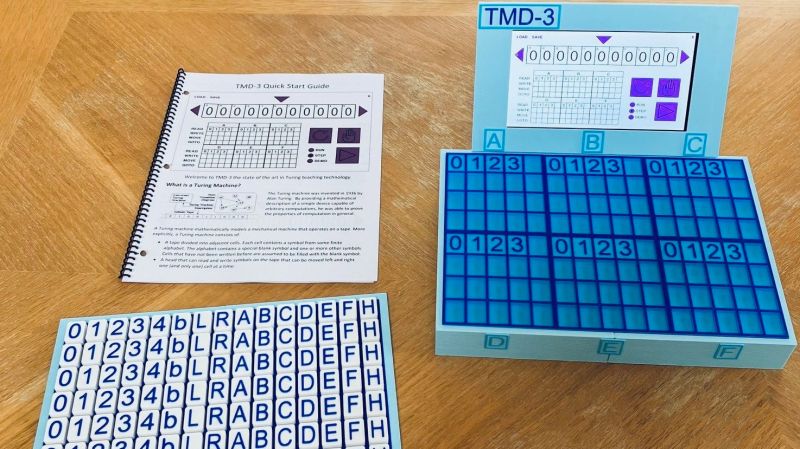Mathematicians. If you let them use the concept of infinity, there’s almost nothing they won’t be able to prove. Case in point: the Turing machine. The idea is that with an infinite length of tape, one could build a thought-experiment machine with only a few instructions that should be able to compute anything that’s computable.
[Igor]’s Turing machine is one of the nicest we’ve ever seen built. The “tape” is significantly shorter than infinity, which limits the computations he can achieve, the use of 3D printing, electric contacts, and WS2812 RGB LEDs for the tape are profoundly satisfying.
A bit …read more
 Continue reading A Very Modern Turing Machine Build→
Continue reading A Very Modern Turing Machine Build→

